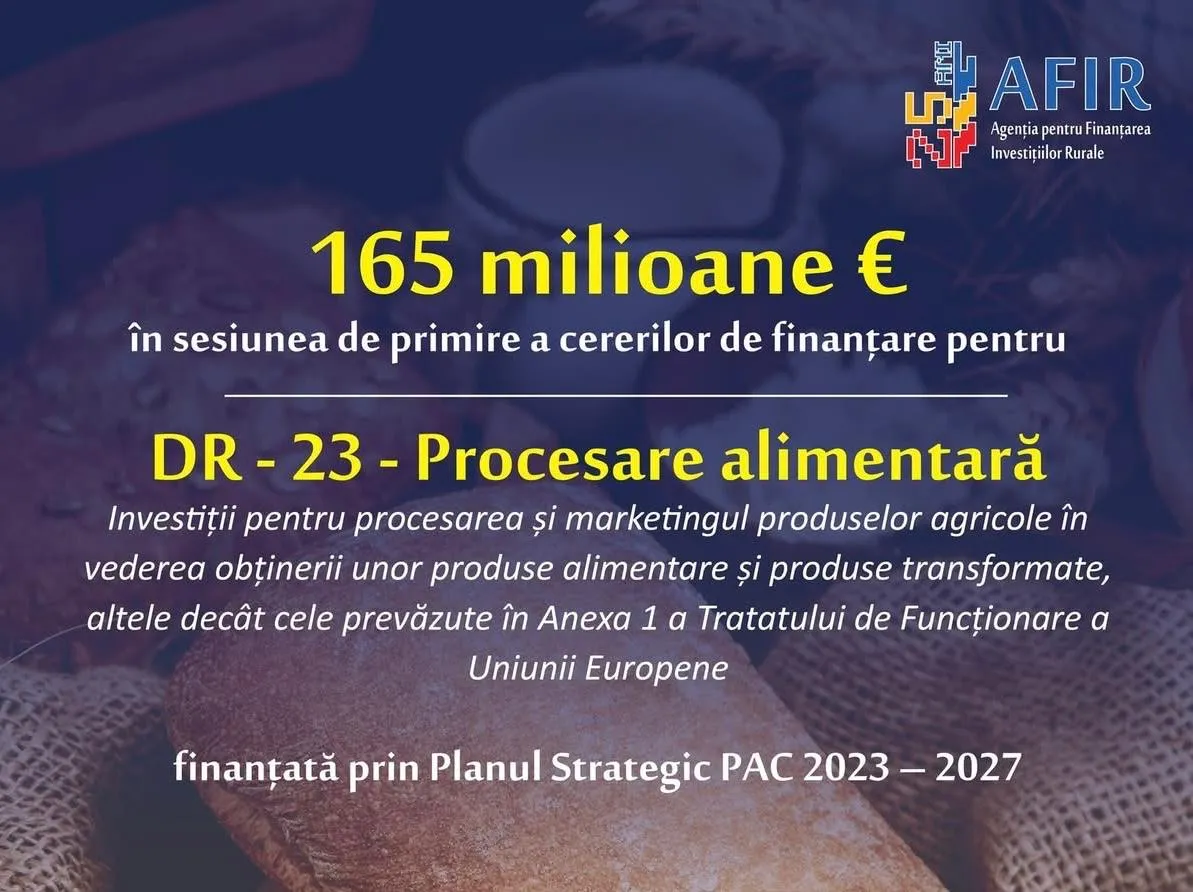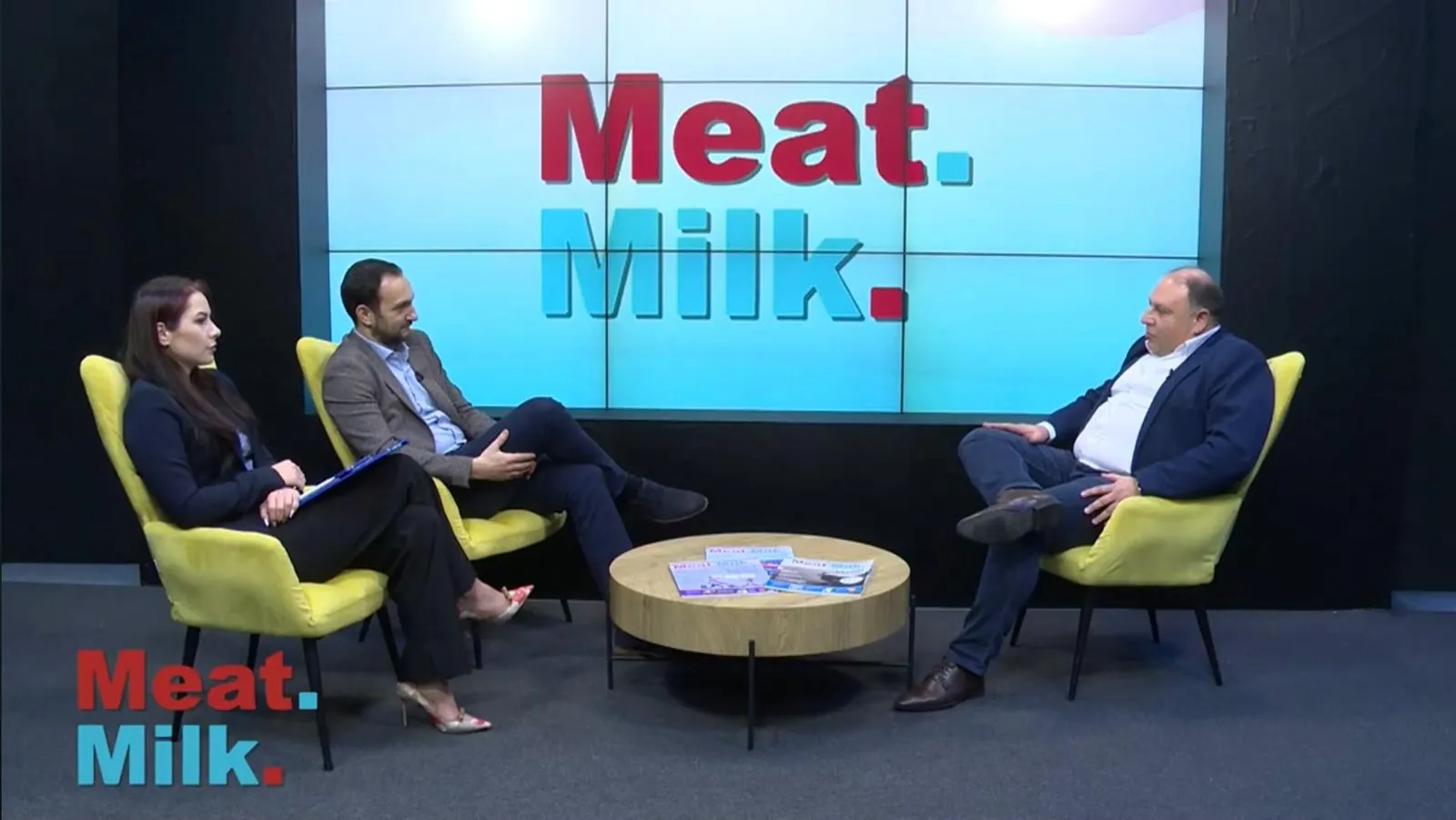1273

Lennard Markestein, managing director at McBride, a top supplier of private label products and contract manufacturing, detailed for European Supermarket Magazine about the changing consumer buying behavior from brands to private label. Here's his analysis.
Nothing surprising
The fact that more and more consumers have turned to affordable private label brands in recent years is not particularly surprising.
A cascade of political and economic upheavals ensured that the cost of living crisis entered its third year, and buying habits naturally gravitated towards products that offer a balance between price points and performance.
What is less evident, however, are signs that this shift in purchasing is not a temporary measure.
Market changes indicate that the success of private label products is not as closely tied to broader economic struggles as previously believed, and that an increasing number of consumers are turning to more affordable cleaning products not out of necessity, but by preference. But what drives this behavior and how long is it likely to last?
Cost of living reductions
The move to private label products has its roots in the ongoing cost of living crisis, which has seen inflation outpacing wages for three years in a row. This economic crisis has left consumers with less spending power in the real world and less certainty about their own financial future.
Understandably, this has been reflected in spending patterns across almost every sector. Consumers have opted to cut back on everything from nights out to new clothes. While the food sector, as well as retail in general, has been somewhat shielded from this due to the COVID outbreak, during which they enjoyed a huge surge in sales, they began to feel the impact of rising costs as the health crisis waned.
For example, research from Mintel showed that by 2023, more than half of UK product consumers had changed their behavior in some way to save money.
There are, of course, many different approaches to cost-saving, such as using fewer products or foregoing costly items in favor of alternatives. However, when it came to food products, the most common change was a shift from branded names to private label products, with 24% of consumers stating they had made the switch.
This has contributed to the dramatic rise in market share of private label brands, which by mid-2023, represented almost a third of the market for products.
Perception changes
The increase in private label products has come with a noticeable shift in consumer behavior. Once considered a less desirable alternative to branded products, these products are now increasingly recognized for their quality and value.
This trend can be attributed to several key factors. Firstly, there is the simple fact that advances in manufacturing and quality control over the past decade have allowed private label manufacturers to offer products that rival or even surpass branded items in terms of quality.
Manufacturers are investing more in research and development, ensuring that their private label products meet the high standards consumers have come to expect.
Secondly, consumer attitudes themselves have evolved. One of the great strengths of branded products is the belief, promoted by decades of advertising and awareness campaigns, that they will outperform private label alternatives.
However, as economic pressures have pushed consumers towards more affordable, private label products, they have experienced the difference directly.
Often, they find that the performance gap they expect is either much smaller than they thought it would be, or non-existent at all. Additionally, we see an increasing number of private label products winning consumer awards for their performance.
While consumers initially moved to private label because of lower prices, once they experience the performance, they stick with it. This has led to increased loyalty to these new brands, which can prove surprisingly durable.
Mintel research has shown that these types of consumer buying habits can persist for up to six years, even after conditions have changed.
New priorities
The other key factor in the sustainable success of private label products is to look beyond the cost of living crisis. What do consumers do when their net income improves and the economy begins to stabilize? Will they start spending the extra money needed to return to branded names or will they stick with more affordable options?
Increasingly, we see people recognizing that they get all the performance they need from private label products and regularly at less than half the price of branded ones. This then allows them to indulge in small luxuries – meals out, new electronics, etc. – when they feel better and more financially secure.
Long-term, we predict an extended period where customers transact with private label, feeling that money is being squeezed even as they improve and then using extra income for luxuries or lifestyle changes, rather than turning to more expensive alternatives.
Hardworking European families, sensitive to changes in interest rates and price inflation, are key consumers. They are the ones buying the products, switching to private label products, and then sticking with them.
Looking ahead
As we look to the future, the trend of consumers opting for private label products is not just a temporary response to economic pressures, but a lasting change in buying behavior. In recent years, consumers have discovered that private label offers not only accessibility, but also quality and value.
It is possible that this realization will persist among working families, who constitute the core of the market, and as incomes improve, they will continue to prioritize value. The money they save will allow them to invest in life's pleasures, rather than resorting to more expensive brands.
Supermarkets and other retailers can capitalize on this trend by ensuring their own private label products offer the value and quality this new generation of shoppers is looking for and seizing this opportunity to capture loyal customers for the rest of the decade. (Photo: Freepik)





